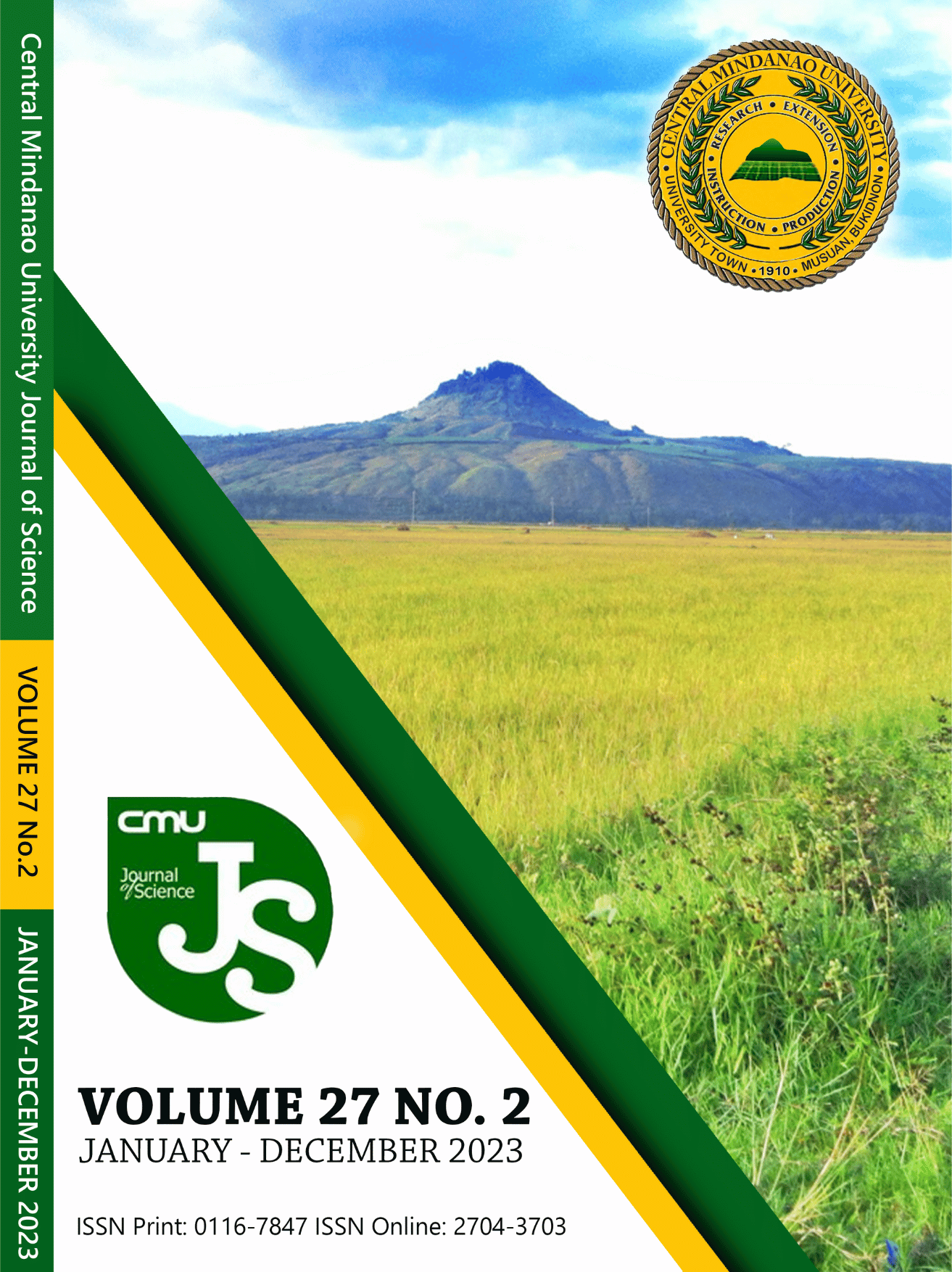Remote Sensing Technology Application for Tree Plantation Characterization and Sustainable Operation
DOI:
https://doi.org/10.52751/LTKN9234Keywords:
gmelina arborea, tree plantation, sentinel-2, vegetation index, bukidnonAbstract
In order to increase the supply of timber especially from industrial tree plantations (ITPs) and at the same time reducing the pressure on the remaining natural forests, proper planning and management must be strengthened. A plantation manager can efficiently do this if equipped with the right information using the latest but cost-efficient technology. This study was conducted to show the usefulness of remote sensing datasets in approximating the spatial distribution of the relative amount of wood materials in a Gmelina arborea Roxb. plantation and in identifying site parameters significant to the growth and development of the plantation. Between October 2019 and March 2020, field inventory was conducted within the G. arborea plantation of CMU in Bukidnon. A total of 38 randomly generated circular plots of 15-m radius were established. All tree and stand parameters inside the plots were subjected to correlation with 13 vegetation indices and 7 bands derived from Sentinel-2 (S2) multispectral image. Findings revealed that all but one of the indices were statistically correlated with the mean height, stem volume and basal area (BA) with their respective highest R values of 0.59, 0.65 and 0.66 (p<0.01). The Leaf Chlorophyll Index (LCI), after subjecting to curve estimation modeling, was able to explain the variation of the field data at 43% and 41% for stem volume and BA, respectively with standard errors of estimate of 0.40 and 0.34. It is suggested that more samples should be added in the analysis and use a non-parametric regression technique which may improve the model.
Downloads













 LinkedIn
LinkedIn